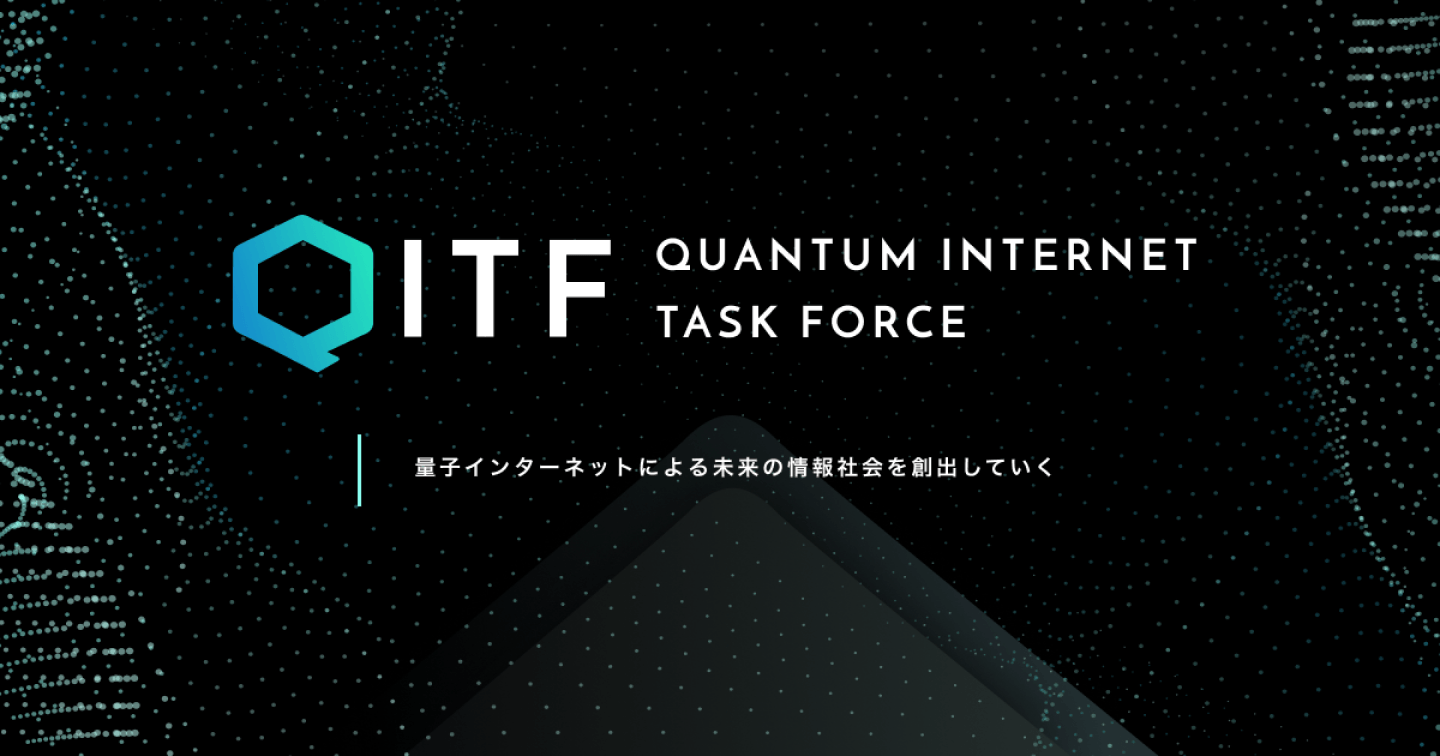THE QUANTUM INTERNET
In this project, we tackle quantum networking research, focused on researching best-effort service suitable for the quantum internet, with the goal of developing quantum TCP/IP. Best effort is a very important principle in the current internet. The concept of best effort provides scalability, fault tolerance, and durability to the current internet, which has a heterogeneous, dynamically changing configuration. In other words, the current internet is only able to keep running on a global scale without breaking due to the concept of best effort. We believe that the appropriate inclusion of best-effort service will help make the quantum internet viable on a global scale, and thus we are conducting research into related architecture and protocols. The scheme of this project is to solve the problems of complex state management and extended resource monopolization in the quantum internet, and contribute to implementing the infrastructure for the upcoming quantum era.
About Quantum Internet
What is the Quantum Internet?
The quantum internet is an internet for quantum information. It is made up of two parts: a platform, which shares quantum entanglement and transmits qubits between arbitrary nodes, and applications, which use the shared quantum entanglement and transmitted qubits to run quantum internet algorithms. Major uses of the quantum internet include extensions of quantum computing such as distributed quantum computing and quantum cryptography; extensions of quantum sensing such as super high-precision astronomical telescopes; quantum communication algorithms such as quantum bitcoin, quantum leader election, quantum key distribution that doesn’t need to assume security of repeater nodes (i.e., that has end-to-end security), and quantum authentication; and more. The quantum internet connects quantum technology and quantum information over a wide area.
Two Types of Quantum Networks
There is a computer network called a trusted node quantum cryptography network, which is the preliminary step to the quantum internet. A trusted node quantum cryptography network is a network that delivers classical bits (encryption keys). Because encryption keys are converted from quantum information to classical information at each repeater node, the repeater technology in a trusted node network is called classical relay. On the other hand, quantum repeaters relay quantum signals as they are, without conversion. Signal relay functions are indispensable in a computer network. In the current internet, a router relays signals while routing them. As quantum relay technology is extremely difficult to implement, research and development for the quantum internet waned for a period of time, while research into creating quantum networks with classical relays became popular. However, with advancements in quantum computing research came breakthroughs in research into qubit manipulation and memory functions. As this research also contributes to realizing quantum relay technology, it provided a boost to quantum internet research and development, which is now a popular topic around the world.
Structure of the Quantum Internet
The quantum entanglement of two qubits is specifically called a Bell pair. The basic function of the quantum internet is sharing Bell pairs between arbitrary nodes. Sharing Bell pairs is sufficient because it is possible to carry out quantum teleportation with classical communication and consumption of Bell pairs. Quantum teleportation is an operation where an arbitrary qubit is input into one half of a Bell pair, and the same qubit is output from the other half of the pair. In this operation, the Bell pair is consumed. In other words, in order to send or receive quantum information, all you have to do is create a certain number of Bell pairs (equal to the number of qubits you want to send using the quantum internet) between the two end nodes, and carry out quantum teleportation.
However, this raises a question. Why do we share Bell pairs and perform quantum teleportation instead of sending the qubits directly? This is because information loss occurs in photons, which are the media used to send qubits. In quantum communication, information is encoded in single photons. When a photon passes through a communication medium such as optical fiber, there is a certain probability that the photon will be absorbed into the fiber itself, and the quantum information encoded into that photon will be lost. As qubits cannot be copied, this loss of information is a tricky problem.
Let’s take a moment to think about Bell pairs and quantum teleportation. Bell pairs are quantum states of two qubits, represented by the mathematical formula (|00>+|11>)/√2. They can be created any number of times. Thus, when sending one half (one photon) of a Bell pair created at a given node to a neighboring node, even if that photon is lost in transmission, you can start the sharing process over again and share the new Bell pair between the end nodes. If you then consume the shared Bell pair and perform quantum teleportation, you can safely transmit the quantum state you really want to send without any danger.
To create a Bell pair between arbitrary nodes in the quantum internet, an operation called entanglement swapping (ES) is used to “connect” the Bell pair. Suppose you have one Bell pair between points A and B, and one Bell pair between points B and C. Entanglement swapping consumes these two Bell pairs and creates a Bell pair between points A and C. Repeater nodes can perform routing by changing the combination of the connected Bell pair. This is a quantum router.
At Mercari, we conduct research of architecture and protocols that use these basic operations and applications to implement a quantum internet.
